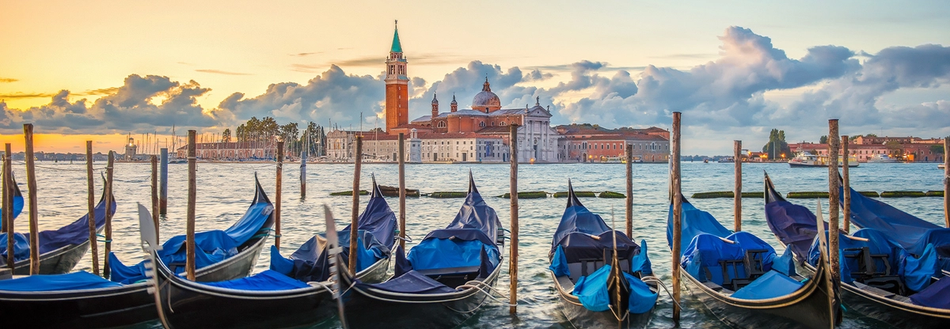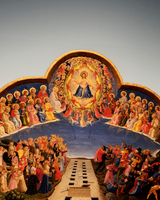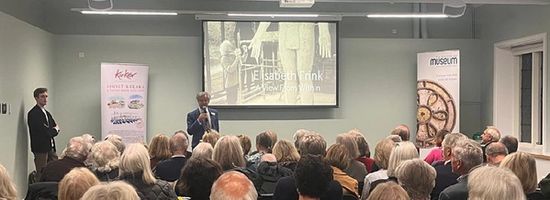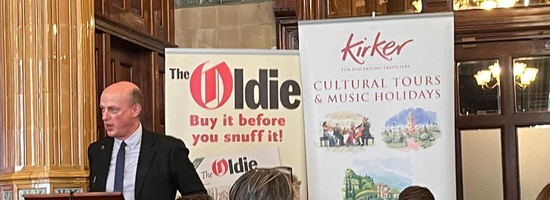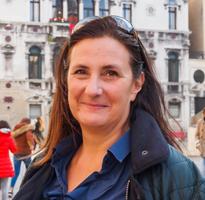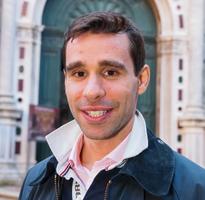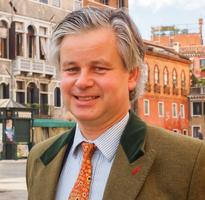Venice is a glorious city, built on an archipelago of more than 100 islands, traversed by 200 canals, spanned by 400 bridges and tiny, winding alleyways. It has many fine Renaissance and Gothic palaces, and an allure that has inspired artists and writers for generations. It is no mystery why it is one of Italy’s most visited cities, attracting approximately 30 million visitors per year. But the very future of Venice is under threat due to over-tourism and global warming - to preserve it for future generations, adopting sustainable tourism practices is crucial.
Our guide addresses the issue of over-tourism and provides recommendations on how to visit Venice with minimal negative impact. Charities such as the Venice in Peril Fund are dedicated to conserving and protecting the city's art and architecture, safeguarding its cultural heritage for years to come. Kirker is proud to sponsor this charity and hosts an annual fundraiser through our Kirker Spring Lecture, which will take place on 13 May 2025. Tickets for this event can be purchased here, with all proceeds going directly to the charity.
When to go…
Venice faces a multifaceted crisis driven by overtourism. The city attracts approximately 30 million visitors per year, with peak days attracting up to 120,000 visitors. Contrasting with Venice’s quarter of a million local residents, these surges in visitors place pressure on the city’s natural resources and infrastructure. For a historical city like Venice, this can endanger the preservation of culturally significant buildings, as well as disrupt the lives of locals. Measures, such as introducing a tax for day visitors have been taken by the Italian government, but with limited success. The detrimental effects of over-tourism should not deter you from visiting but instead should persuade you to visit in a considerate way.
Visit in low season
The best time to visit is during the low season - from November to February (excluding Christmas and New Year’s Eve). Venice experiences fewer crowds during the colder months, although there may still be some level of crowding at times, they are considerably less severe than during peak seasons. Not only does this improve your experience with less time spent queuing, but it avoids contributing to the strain on resources and infrastructure that occurs during peak times.
How to go…
For visitors travelling from the UK, a short flight is the most popular and convenient way of travelling to Venice, with flights available from many airports across the UK.
It is possible to travel by rail, but this takes around 13 hours from the UK, so this may only be feasible for those who don’t mind a very long journey. For special celebrations, the Venice-Simplon-Orient-Express is a wonderfully luxurious option for those looking to travel by rail, departing from Paris in the evening and waking up in Venice the following morning.
Avoid day trips, stay for longer
If travelling to Venice by air, a great way to make your journey worthwhile is to stay longer. The vast majority of Venice’s visitors are day trippers, either from cruises or nearby cities. Day trips, while an affordable option, provide little benefit to the local economy, as they provide limited support to local businesses such as hotels and restaurants. Thus, we encourage visitors to visit for a minimum of three nights, and longer if possible.
Where to stay…
Kirker has an extensive array of hotels in Venice, many of which are committed to supporting the environment and local communities.
Small, luxurious and located almost next door to the Danieli, the Londra Palace is managed by our great friend Alain Bullo and is now a member of Relais & Châteaux. In the last year, The Londra Palace has reduced their waste production by 25%, and in 2023 they achieved their goal of reducing their CO2 emissions by 10%, totalling 59,000kg of CO2.
3 night price from £1,198 per person during low season
What to do…
The most crowded area of Venice is the stretch from St Mark’s Basilica to the Rialto Bridge, which is dotted with souvenir shops selling tatty, imported goods. Not only is this area overcrowded, but it is difficult to get the true essence of Venice amongst the hordes of tourists. Our greatest recommendation is to get off the beaten track and explore the hidden gems of the city, following the narrow lanes in the direction away from the main tourist zone which lead to charming piazzas and picturesque churches. A walking tour with an expert local guide is the best way to achieve this, as they can guide you to the places that are only known by locals. For purchasing souvenirs, a local guide can help you find authentic spots, meaning you can purchase sustainable souvenirs while supporting local craftspeople.
Where to eat…
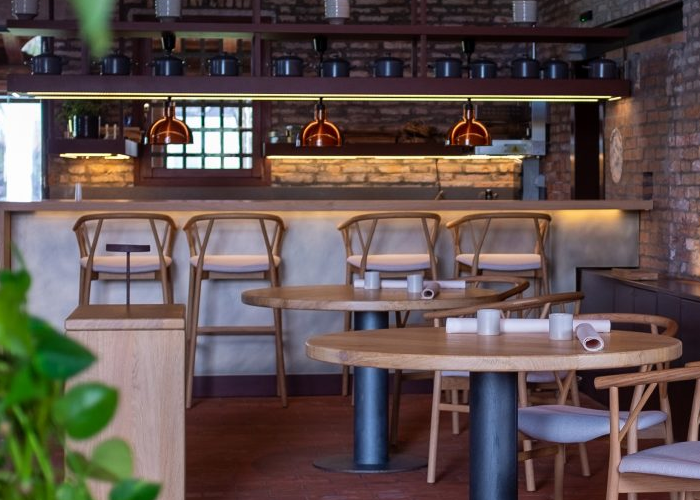
The only green Michelin-starred restaurant in Venice, is Venissa, situated in a walled vineyard on the island of Mazzorbo, far from the tourists crowds. The restaurant has its own garden which provides most of its vegetables, and in addition to their home-grown vegetables, the menu features mostly fish, with rarely any meat. Guests can choose the number of courses they and each dish comes as a surprise, according to what is in season, and meals are accompanied by organic wine pairings.

